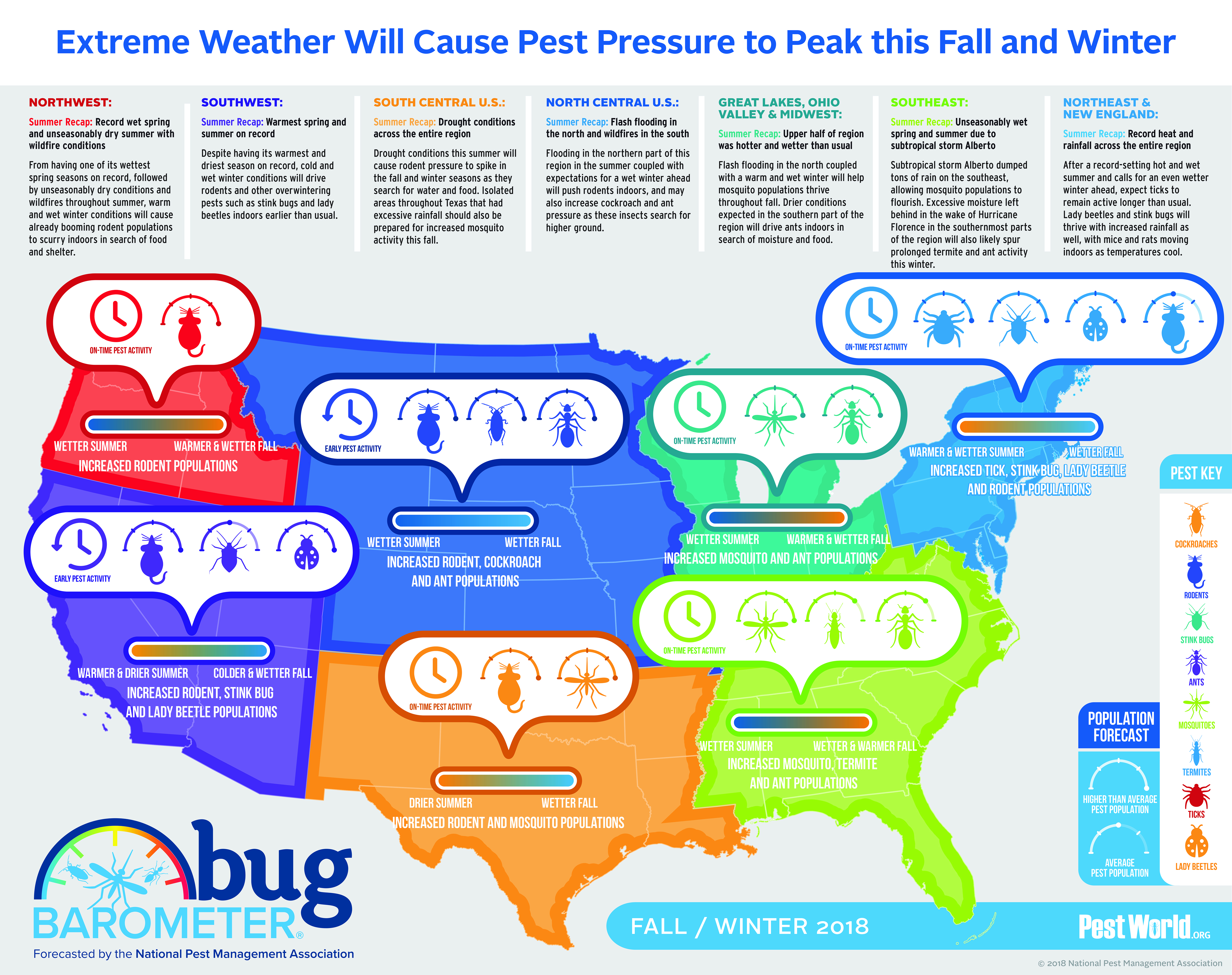Understanding The Behavior Of Common Rats For Reliable Rodent Control
Understanding The Behavior Of Common Rats For Reliable Rodent Control
Blog Article
Post Created By-Talley Alston
When it concerns rodent control, understanding usual rodent behavior is essential to successfully handling problems. Did you recognize that rats have some interesting nesting behaviors that might stun you? By exploring their elaborate habits, you can acquire beneficial insights right into exactly how to deal with rodent problems in an extra critical and efficient fashion. So, let's untangle the mysteries behind these animals' actions and discover how to outsmart them in your rodent control initiatives.
Rodent Nesting Behaviors
When observing rats in their natural environment, you'll see that they proactively seek materials to construct their nests. Rats, such as mice and rats, are clever creatures that utilize a variety of products like twigs, leaves, paper, and material to develop their homes. They're thorough in their nest-building process, commonly lining their nests with softer products like fur or plumes to create a comfy environment.
Rodents like to build their nests in covert and secure places to shield themselves and their young from predators. Typical nesting spots consist of wall cavities, attics, cellars, and also within insulation materials. By creating their nests in these secluded locations, rats can securely increase their spawn far from possible dangers.
It is vital to understand the nesting practices of rodents when applying control steps. By interrupting their nests or getting rid of products, you can discourage rodents from developing a presence in your home or residential or commercial property. Correct cleanliness and sealing off entry factors are also vital action in stopping rodent invasions.
Rodent Feeding Patterns
After observing rats' nesting behaviors, it becomes obvious that their feeding patterns play a vital duty in their lives and habits. go here , including computer mice and rats, are opportunistic feeders, meaning they'll consume whatever food resource is conveniently available. They're mainly nocturnal animals, favoring to forage for food throughout the cover of evening to stay clear of killers.
Rodents have a varied diet plan, ranging from grains, seeds, fruits, and vegetables to insects, nuts, and also little animals. This versatility in their food options permits them to prosper in different environments, consisting of city areas where human food sources are plentiful.
Their feeding patterns aren't only driven by appetite but likewise by the need to stockpile food for times of scarcity. This actions is especially recognizable to prepare for winter months or when nesting. Rodents are recognized to hoard food in their nests or burrows, guaranteeing a consistent food supply. Comprehending their feeding patterns is essential in carrying out effective rodent control procedures to interrupt their food sources and prevent infestations.
Rat Activity and Travel
Rats browse their environments with agility and stealth, using their keen detects to relocate swiftly with their settings. These animals are experienced climbers, able to scale walls and vertical surface areas with ease. They can also press through remarkably tiny openings, making it crucial to seal off any kind of possible entrance factors in your home.
When it concerns taking a trip, rodents often tend to follow familiar paths, creating tracks along wall surfaces or skirting the sides of rooms. They're creatures of habit, usually sticking to these developed routes as they forage for food or discover their environments.
Rodents are recognized for their nighttime behaviors, so you may hear them scooting about during the night as they search for food and water. Their activities fast and unpredictable, permitting them to dart in and out of view in the blink of an eye.
Understanding just how rats move and travel can help you determine possible infestation locations in your home and take aggressive actions to stop these parasites from obtaining a grip.
Conclusion
As you work to control rodents in your home, remember that understanding their behavior is essential. By acknowledging their nesting habits, feeding patterns, and movement, you can properly protect against problems.
Together, by taking proactive procedures to remove food sources and seal off entry points, you can interrupt their acquainted courses and require them to look for brand-new locations, eventually minimizing the probability of rodent visibility in your home.
